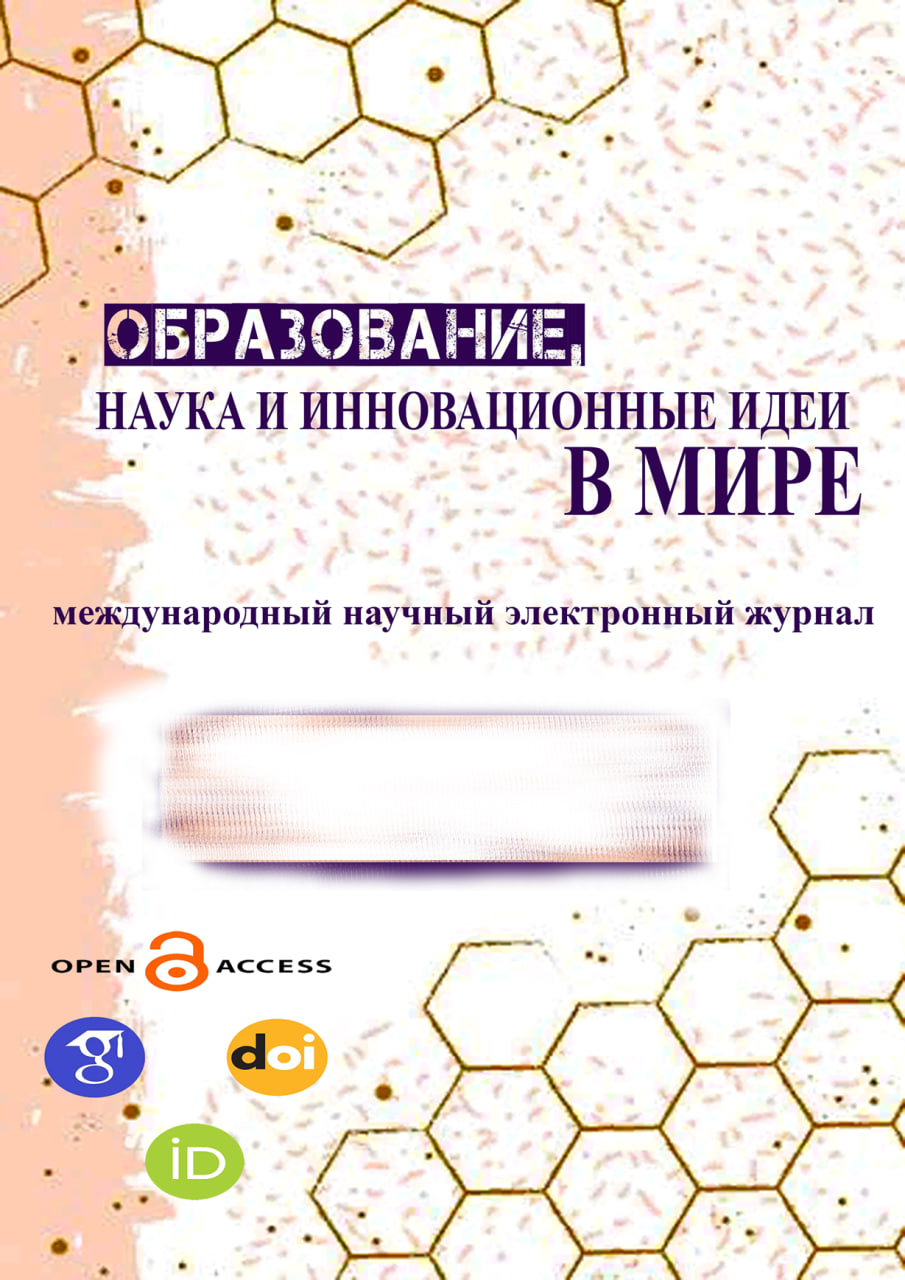THE IMPORTANCE OF CRITICAL THINKING IN LEARNING FOREIGN LANGUAGE IN EDUCATION
Keywords:
Key words: Creativity, discussion, collaboration, teacher training, improving problem-solving, essential reading skills.Abstract
Abstract: Today, as we know critical thinking has got a significant role among students. Especially foreign language learning, expand understanding and for reading skills the important part in education.In this article, critical thinking, problem solving skills, enhancing cognitive abilities, fostering creativity, collaboration and discussion real world applications, professor's experience are mentioned.Critical thinking is a crucial skill that students need to develop in order to navigate the complexities of the modern world. In this point, we will critically analyze the beneficial sides of reading articles that promote critical thinking for students. We will explore how such articles enhance students' cognitive abilities, improve their problem-solving skills, foster creativity, and promote independent thinking. Additionally, we will discuss potential challenges and strategies to overcome them in order to maximize the benefits of critical thinking articles for students.
References
. Dr. Mamta Singh. B.A | B.Ed | M.A | Persuing M.Ed School Principal at Rahul Education, Queen Mary’s High School
. Stanford Encyclopedia of Philosophy.Copyright © 2022 by David Hitchcock
. How To Teach Critical Thinking | Benefits & Approaches.Preeti Jasnani, Clio Stearns
University of the People, “Why is Critical Thinking Important?: A Survival Guide, https://www.uopeople.edu/blog/why-is-critical-thinking-important/.” Accessed May 18, 2023.
teach hub logo.K-12 Resources..By Teachers, For TeachersProvided by the K-12 Teachers Alliance




